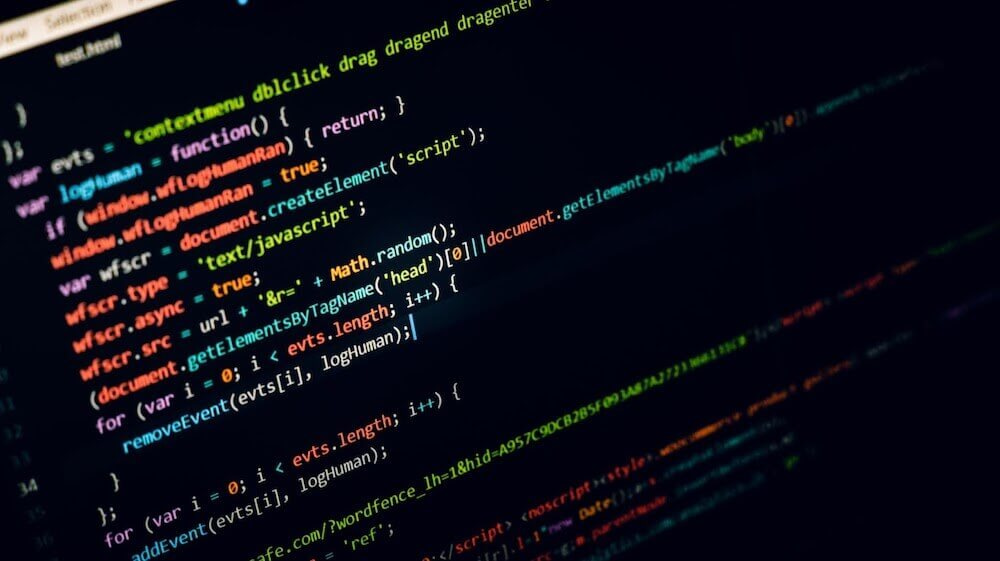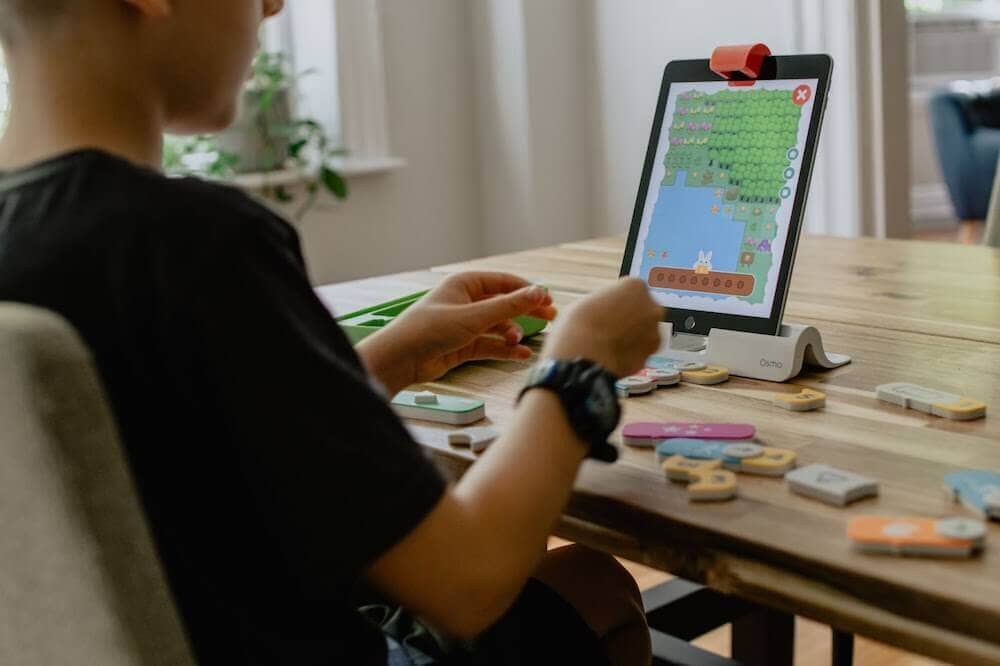Teaching kids to code might sound daunting, but today’s resources make it easier and more fun than ever — and not just for your child 😉. With online resources, coding camps, and interactive coding projects incorporating gaming elements, you can create a positive, rewarding, and entertaining educational experience for your child.
Why Teach Kids to Code?
Not only does teaching coding to kids help with cognitive development and encourage creativity, but it can also set your child up for career success. The Bureau of Labor Statistics projects STEM occupations to grow twice as fast as the average growth rate of 5% between 2021 and 2031.
Marketability in the job market is a great reason to get your kids into coding, but the benefits go way beyond future career opportunities.
Tips on Teaching Kids to Code
Don’t know quite where to start? We’ve put together a comprehensive list of four tips that can help you teach kids to code in an effective and empowering way!
1. Learn or Brush Up on Coding Yourself
Technology evolves quicker than we can keep up with, so it’s important to make sure you’re up to speed on the latest coding information so you can help guide your child through the process.
The best way to teach kids programming is by knowing the basics yourself.
Whether you’re new to coding or you’re just a little rusty, online coding resources for adults like Code Academy are a great way to build up your basic skills to get your child started on their journey!
2. Explain Coding Languages

The best place to start when diving into how to teach kids coding is by making sure they have a basic understanding of the different coding languages. Here are some of the most common ones you’ll see.
Scratch Coding
Scratch Coding is a great building block for teaching kids to code. Scratch uses a custom programming language that makes coding easy to understand. Kids start by moving and combining blocks of code to create unique animations, character appearances, background images, sounds, and more!
Java
Does your child love video games? More specifically, creative games like Minecraft? There’s no better way to inspire your child to take up coding than by letting them know that Minecraft was made using Java and how they can use it themselves!
Learning this language opens up endless possibilities for kids to learn game development in the future. Who knows, maybe they’ll create the next big game.
Java is a popular programming language for game development, app development, 3D graphics and visualization, and is even used in educational software.
C++
If you’re looking for an easy-to-understand language to teach kids to code, C++ is a great start! C++ has been the language of choice for developing programs and software we use daily, like the Windows operating system, Microsoft Office, Google services, and Adobe Photoshop.
C++ plays a versatile role in programming because of its cross-platform development tools and combination of high and low-level programming features.
Even the Java Virtual Machine, the platform on which Java programs operate, is crafted using C++!
Python
Python™ has emerged as one of the most rapidly expanding programming languages today. Its straightforward syntax creates a more accessible reading and learning experience compared to other programming languages. Python is an excellent starting language for kids.
Popular uses for Python include web development, game development, and robotics.
3. Explore the Different Learning Formats
No child is the same, and that applies to all aspects of their life, especially learning. When thinking about how to teach kids coding, consider the different formats.
Auditory Learning
Though many kids prefer visual and hands-on learning experiences, auditory learning is still an effective way to relay information to children. It’s the same method you’ll find in classroom read-alongs, where the teacher will play the audiobook and have the students follow along with the book.
Reading & Writing
Some kids may enjoy reading about how to code than others. If your child leans more toward picking up a book over a video game or an iPad, traditional reading and writing activities paired with hands-on coding projects may be the way to go. There are plenty of resources online that have written down step-by-step instructions on how to code – you can use these for teaching.
Kinesthetic
Perhaps one of the most popular learning methods for children, kinesthetic, or hands-on learning, is the best way to keep them engaged with the material. The kinesthetic approach encourages kids to physically engage with the content, which is a stark contrast to passive learning methods like reading or listening. Being actively engaged with the material can make learning a more enjoyable and memorable experience!
Gamification & Visual Learning

A study from “Computers & Education” shows that gamification is a popular way of teaching coding to kids. The visualization of materials makes the process seem more like play and less like work, increasing motivation and reinforcing knowledge of computer memory concepts.
4. Practice Patience When Teaching Coding to Kids
According to the American Academy of Pediatrics, the average child’s attention span is 3-5 minutes times their age. This makes it difficult for most children to sit for extended periods and focus on things, which can lead to frustration and disinterest if they aren’t allowed to go at their own pace.
While it is important to maintain a routine when teaching kids to code, you need to be wary of overwhelming them. Patience and a well-developed coding plan are key to an enjoyable learning experience.
President of FranchiCzar, Shauna Garner — a company that provides software and services to the franchise industry — says, “Sometimes the kiddos need to stand up to get the wiggles out, we let them do that,” she said. “Keep spreading the laughter and the giggles, but still maintaining and recognizing their focus and their attention span.”
Facilitate your child’s coding experience by rewarding their successes with little breaks in between — even better if they’re still STEM-related — and reassuring them throughout their learning.
Explore Immersive Coding Camps
At Lavner Education, we set the next generation of STEM up for success. As one of the largest STEM tech camp providers in the world, our expertly designed curriculum and 20+ hours of coding instruction programs help us teach kids programming in a more immersive way than the traditional after-school club or short hour-long coding program.
Through our commitment to making STEM education accessible, compelling, and empowering, Lavner Education empowers kids with the capabilities to mold a more promising future.
Explore our camps in over 16 states across the United States today and get your child excited about coding!







